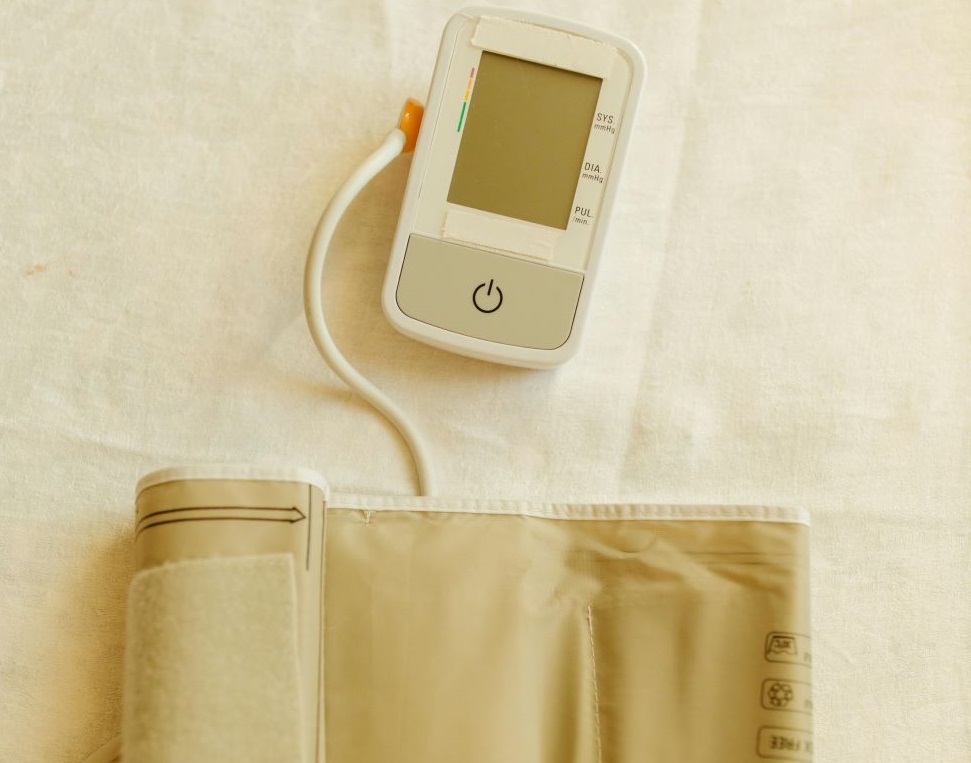Not just a cosmetic condition, vitiligo increases the risk of cardiovascular diseases.
A recent study from the U.S. highlights a significant link between vitiligo and an increased risk of cardiovascular disease (CVD), drawing attention to potential health risks that extend beyond the skin condition’s visible impact. Vitiligo, characterized by immune-driven loss of skin pigmentation, affects approximately 0.5% to 2% of the global population. Traditionally viewed as a cosmetic condition, it has recently been recognized for its systemic implications, particularly due to its connection to immune-related health issues. This latest research reveals that individuals with vitiligo face a higher likelihood of developing cardiovascular events such as heart disease and stroke, suggesting a need for proactive healthcare strategies to treat the condition.
The study, published in eBioMedicine, analyzed electronic health records from a large U.S. database, assessing more than 100,000 individuals with vitiligo over 15 years. Compared to control participants without the condition, those with vitiligo had a significantly elevated risk of major cardiovascular events.

One notable finding of the study is that metabolic irregularities are common among those with vitiligo. For instance, insulin resistance and abnormal cholesterol levels, both of which contribute to metabolic syndrome, appear to be more prevalent in these patients. These metabolic disturbances are established risk factors for cardiovascular disease, providing a plausible mechanism for the increased risk the team observed. Inflammatory responses, frequently heightened in autoimmune conditions, might make this risk even higher. Vitiligo-related inflammation may lead to systemic vascular damage over time, making the body more vulnerable to heart and vascular conditions.
To ensure accuracy, the team matched vitiligo patients with non-vitiligo controls based on age, sex, and other health factors to minimize potential biases. Cardiovascular events in each group were monitored for up to 15 years, with results showing that not only were vitiligo patients more likely to experience such events, but they also tended to encounter them earlier in life compared to those without vitiligo. Specifically, conditions like hypertensive heart disease, certain arrhythmias, and heart valve issues occurred more frequently and at younger ages in the vitiligo group. The team discovered that these patients developed heart-related issues on average nearly three years earlier than those in the control group.
The team also found that sick sinus syndrome, a disorder affecting the heart’s natural pacemaker, occurred about five years earlier in vitiligo patients than in the control group. Similarly, heart failure and various forms of vascular thrombosis, or blood clotting issues, were also observed at higher rates, suggesting that vitiligo may contribute to an earlier onset of these cardiovascular conditions.
Given these results, it’s important for those in the medical field to shift their perspectives from considering the condition as mostly cosmetic, taking it more seriously in order to identify and implement treatments to counteract its devastating systemic events. Additionally, educating vitiligo patients about lifestyle modifications that support heart health, such as regular exercise, eating a balanced diet, and scheduling routine check-ups, could help reduce some of the risks.
Sources:
Vitiligo linked to increased risk of heart disease and stroke, study finds


Join the conversation!